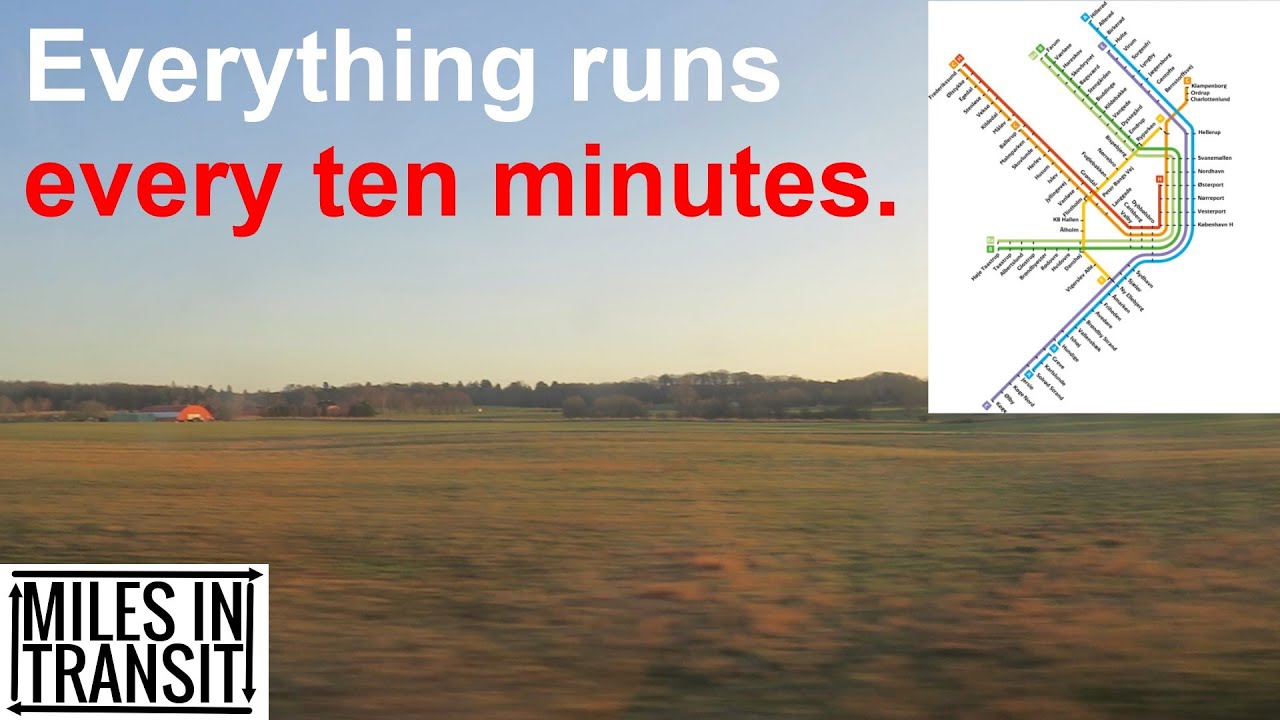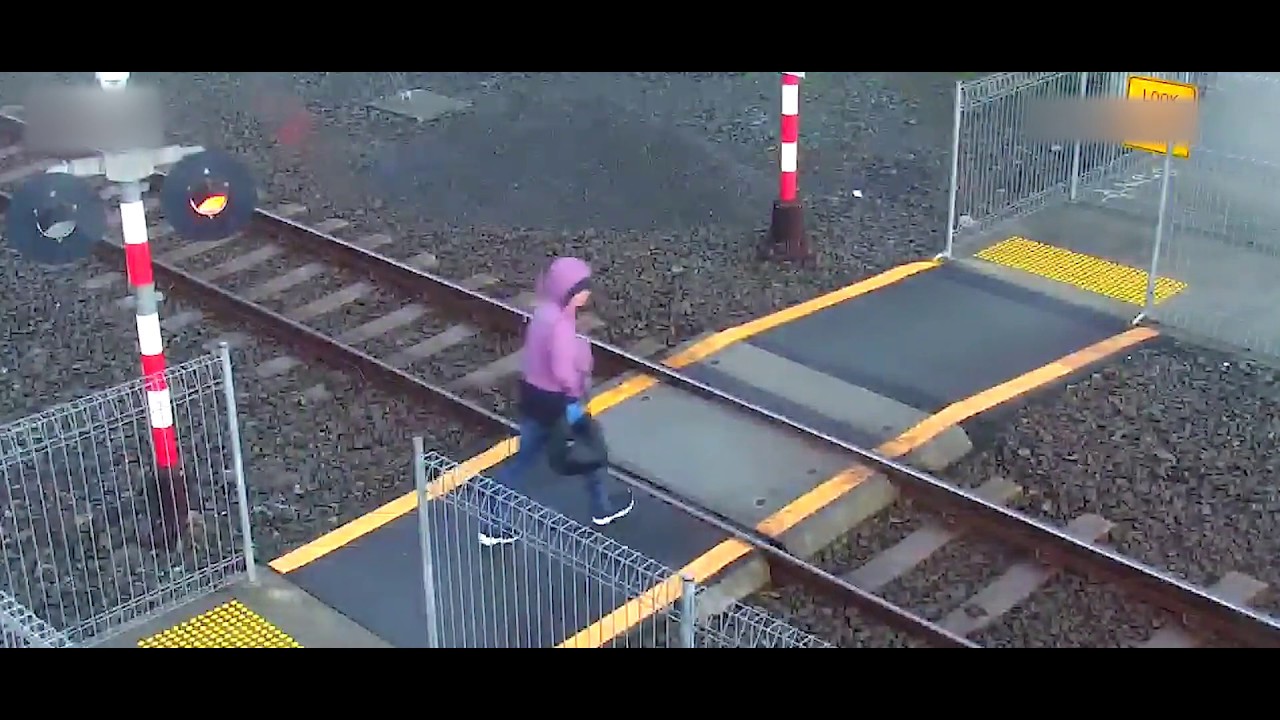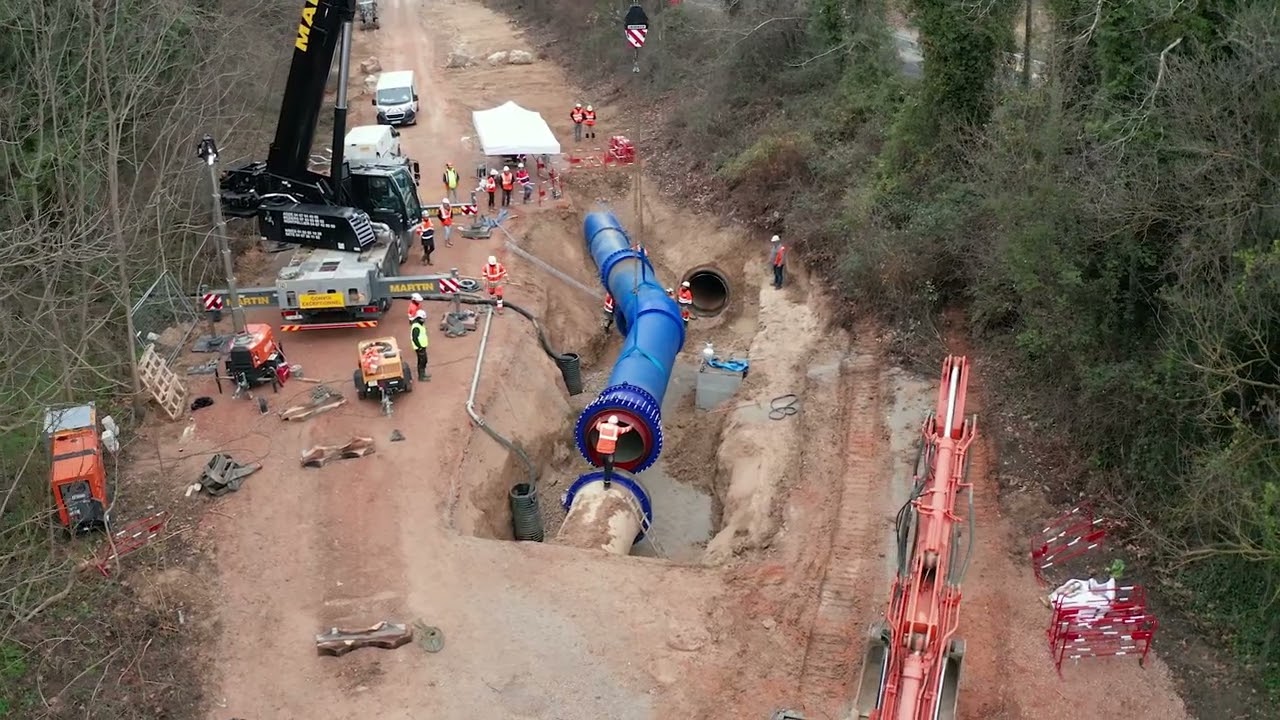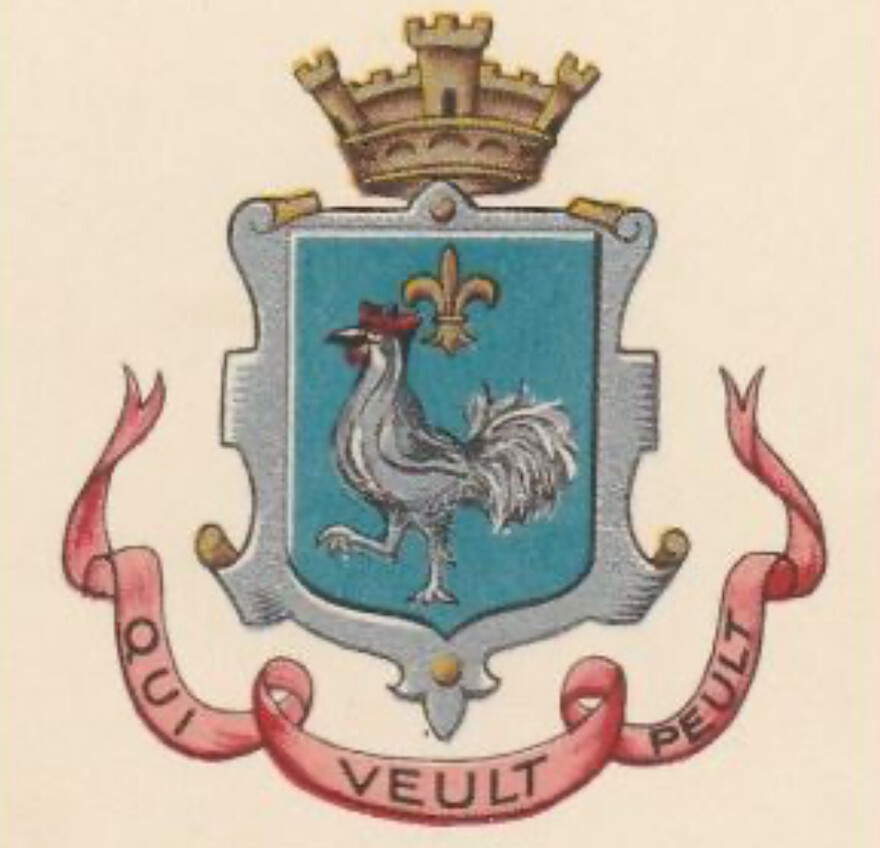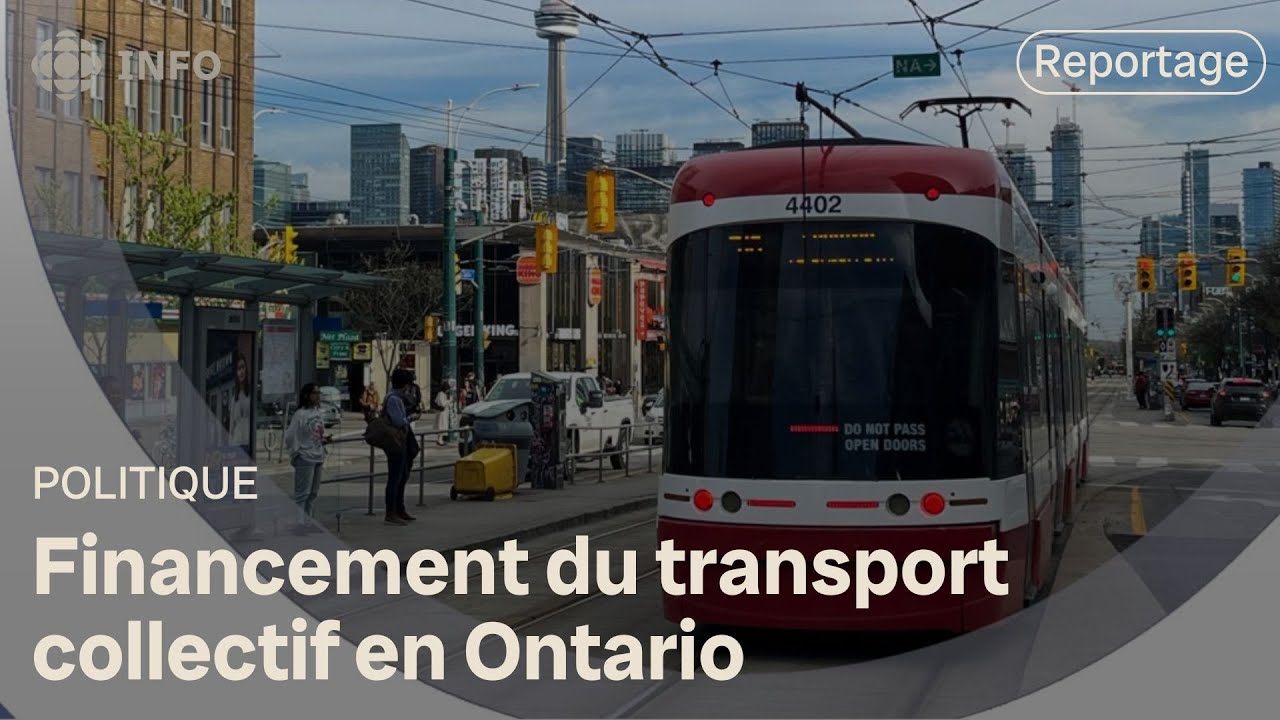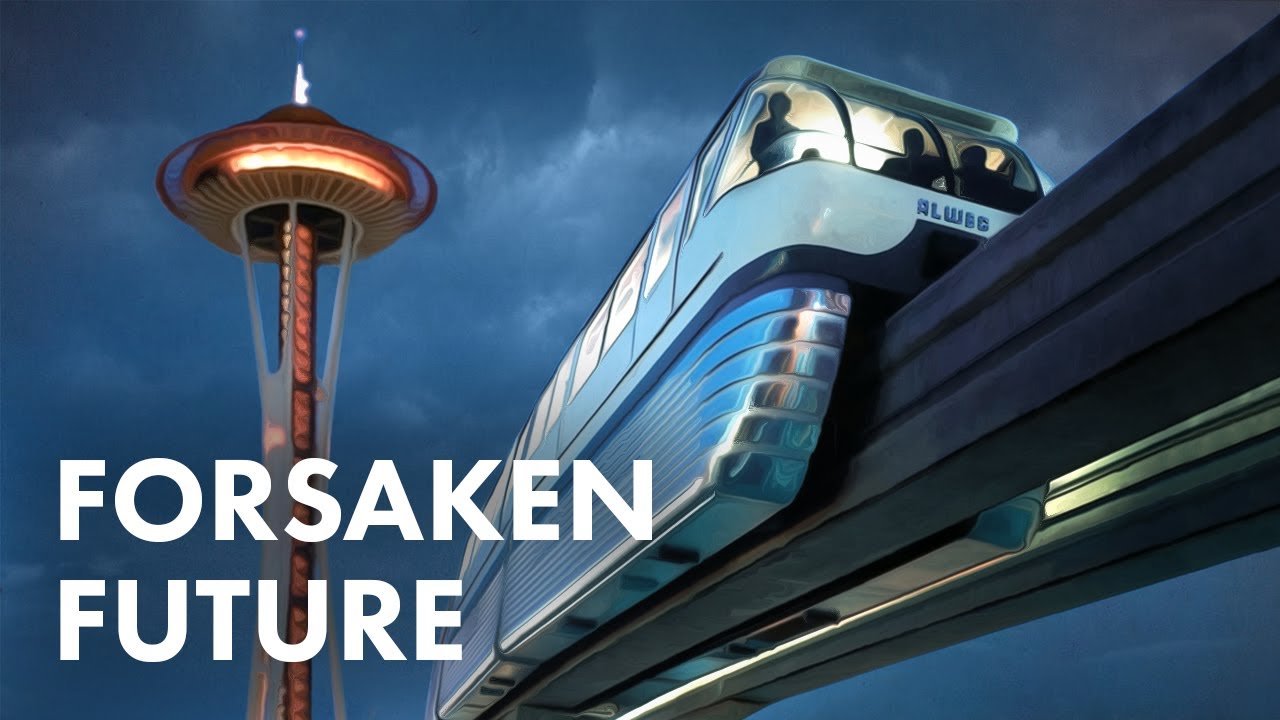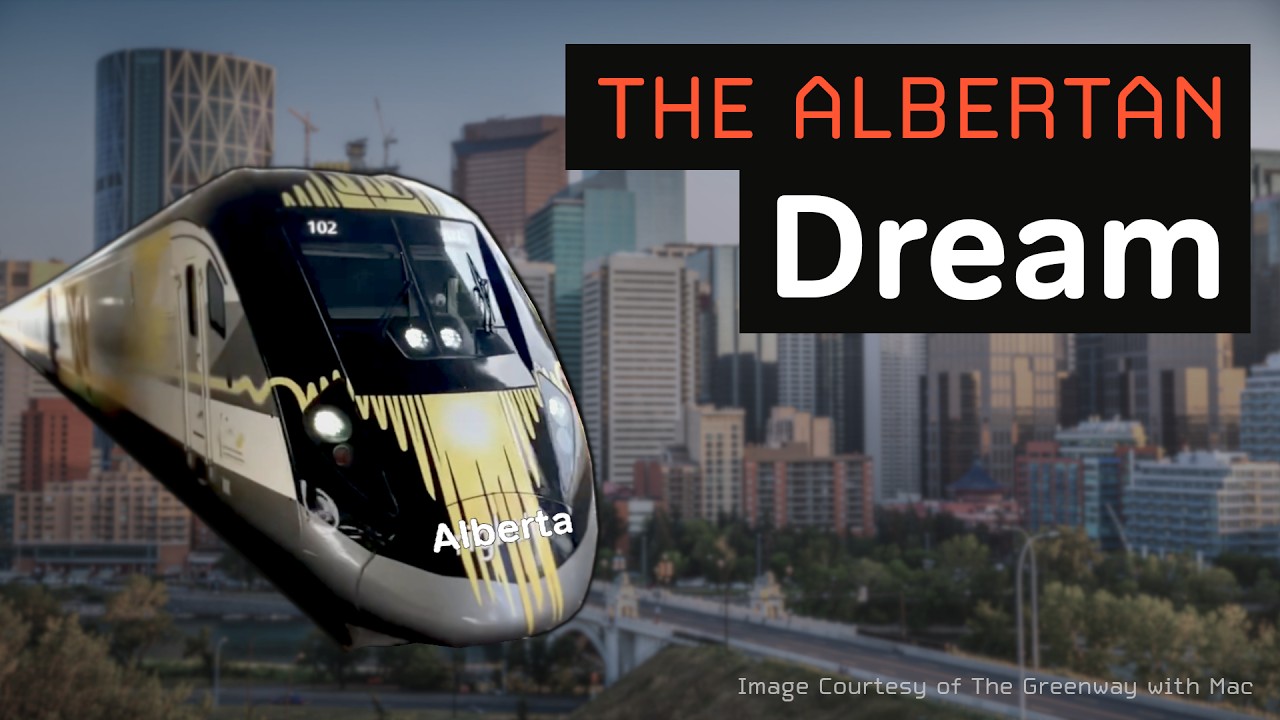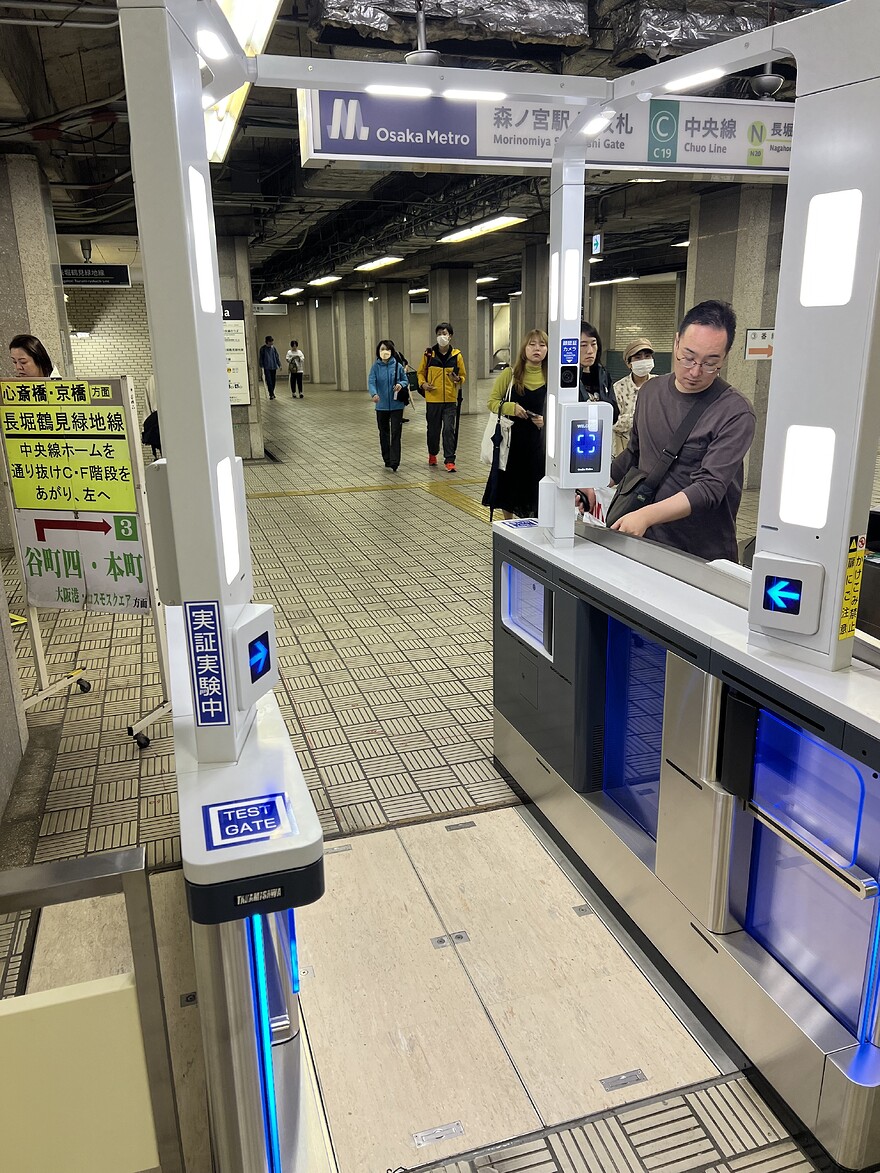Le S-Tog de Copenhague circule sur des voies entièrement dédiées donc c’est beaucoup plus simple pour l’automatisation.
Hi Hi Hi, j’en parlait justement, il y a plusieurs mois Projet structurant de l’Est (PSE) - #646 par Luvtrain
oui, mais justement, il faudrait peut-être qu’on travaille plus à avoir des voies dédiés.
J’ai eu l’occasion de le prendre en 2017 surtout sur la portion centrale. Miles in transit avait fait une vidéo qui a le mérite de montrer comment le réseau s’étant bien au-delà de la ville et de sa banlieue :
A few years back, Québec produced a series of hard hitting publicities to sensibilise the population to diverse issues. In a similar style, here’s one from New Zealand educating the population on near misses with trains.
Aujourd’hui, le RER E ouvrait au public sa nouvelle prolongation jusqu’à Nanterre-La-Folie (ouest de Paris).
La conduite principale d’arrivé d’eau est déplacé à Montpellier en anticipation de la construction du tramway de la ligne 5. Bref, quand on se faire dire à Montréal que ça serait trop compliqué de construire une ligne à cet endroit à cause d’infrastructures centenaires, c’est de la frime.
Pendant qu’au Québec, on crée une nouvelle structure de gouvernance avec MIQ, en Ontario :
Investir dans la réalisation de grands projets d’infrastructure est une chose. Avoir les moyens de les entretenir et de les exploiter par la suite en est une autre. Pour s’en donner une idée, il suffit de regarder du côté de l’Ontario, où le gouvernement Ford a promis d’investir 70 milliards de dollars pour développer de nouveaux projets. Mais l’herbe est-elle pour autant plus verte dans la cour du voisin? Jean-Sébastien Cloutier s’est rendu à Toronto.
Sur YouTube
Je ne sais pas trop où partager, mais j’aime bien ce travail de signalétique.
@coledev I’ve been listening to the video that you just posted. What the author says at 25:37 is really telling about what our transit problem is in Québec.
While many compagnies showed interest about the Seatle project, they were concerned about the lack of support from city politicians.
I recently said something rather similar on this forum when talking about the Québec tramway project. The government needs to make a decision and push ahead. They cannot be constantly changing plans, and we cannot be going back to the drawing board every single time that a new political party is elected to power. Elections have consequences, but the same is also true of changing plans at the whims of politicians.
Et une province avec un gouvernement encore plus conservateur que la CAQ, qui plus est ! Tout comme en Ontario, où les projets de TEC pullulent.
Ici, bah, on va prolonger des autoroutes ! Pas mal plus important de prolonger la 35 jusqu’à la frontière, même s’il y a à peine 3000 véhicules par jour ! On est quand même pas pour faire un train provincial entre Montréal et Québec pour soulager une partie des 50000 véhicules qui circulent sur la 20 ou la 40 quotidiennement ! On attendre que le fédéral se décide avec son TGF à la place !
Osaka Japan is testing facial recognition to pay for the metro. Something to note is they’re all private so this is a private company that would store face data. For me personally, I don’t care about that part, I think just walking through the gate and it knowing you without needing to tap or do anything is worth it
So far, as used in commercial aviation, it’s slower than scanning a QR, RFID, or MRTD. Mostly it’s due to people’s unfamiliarity with the process, but also right now the FR scanners need the face to be aimed properly, as the data on file is based upon 2D, front-on photos. However the tech is evolving rapidly, and the algorithms are already able to extrapolate off-angle (pseudo-3D) data without needing it uploaded (like how we teach iOS Face ID). I reckon within another 18 months the technology will be capable of operating like in sci-fi films (and insta reels about China’s security ops), and we’ll no longer need to “look into” a single camera for immigration, passenger screening, transit fare gates, and even some shopping.
I like the trap doors under the facial-recognition fare gate… ![]()
![]()
All the gates in Japan are generally “trap doors” where they close if your payment is bad. Because they’re always open, going through the gates is really really fast, and the machines can eat tickets or tap extremely quickly. I wish the new gates the REM has could be set up like this
The Felica card system is way faster at reading the card than what’s used outside japan I find. Wish it had been exported in the early 2ks
I haven’t even used my physical Suica card in six or seven years, Suica Express Transit Mode on iPhone is incredibly efficient and convenient. No need to fish for an IC card, I’ve almost always got my phone in my hand.
